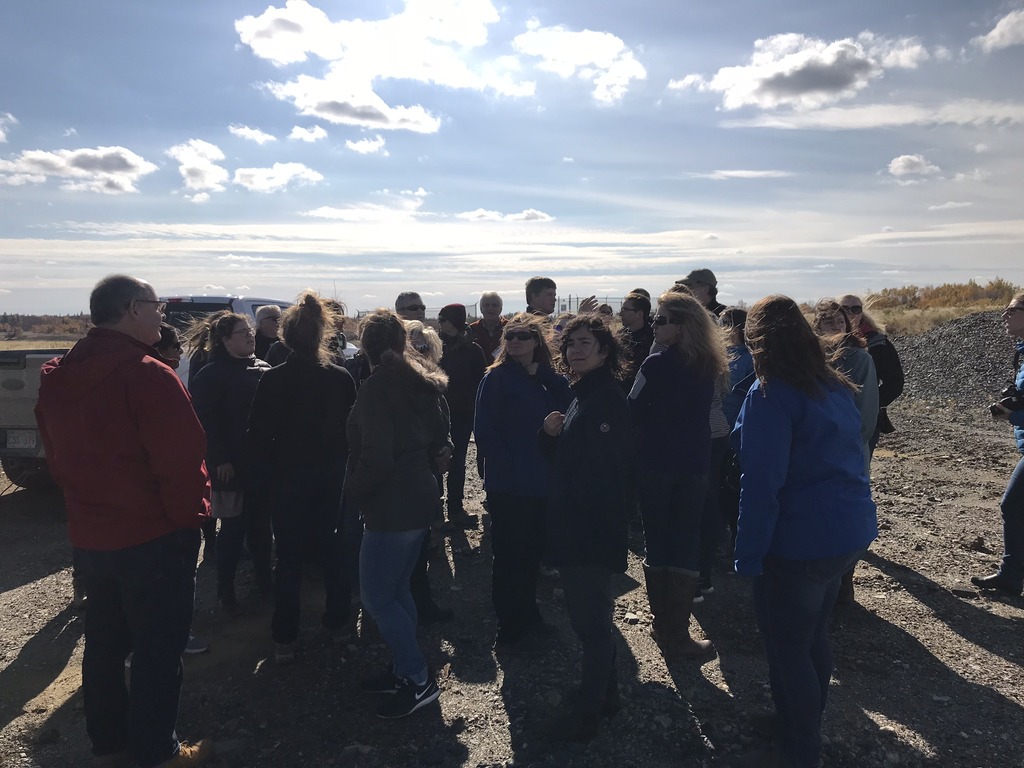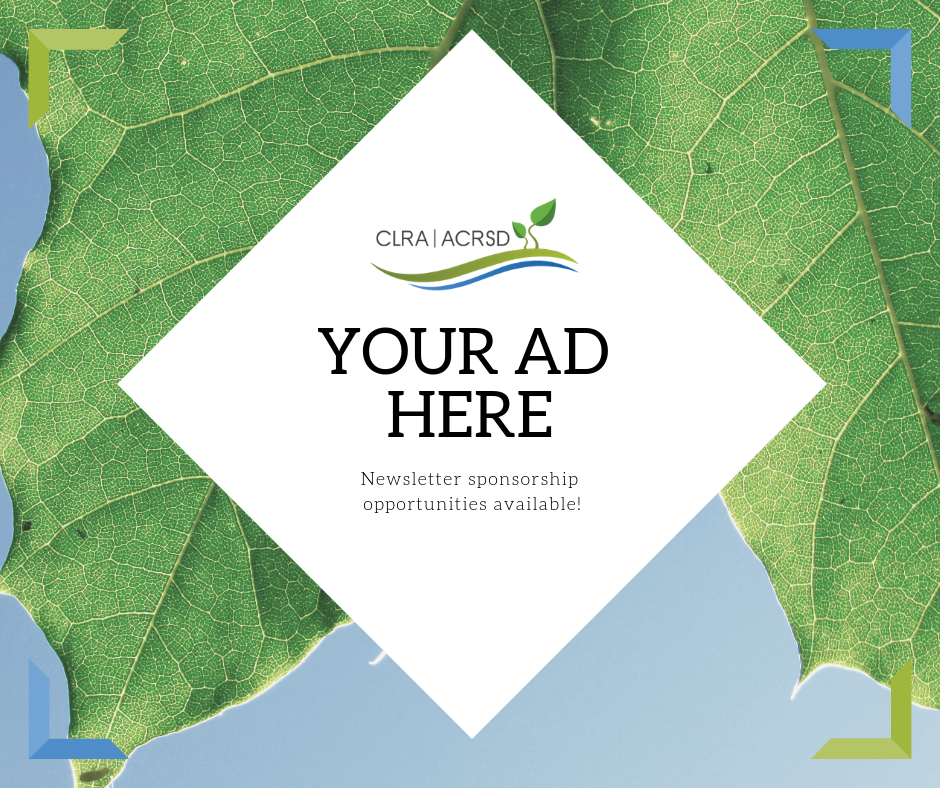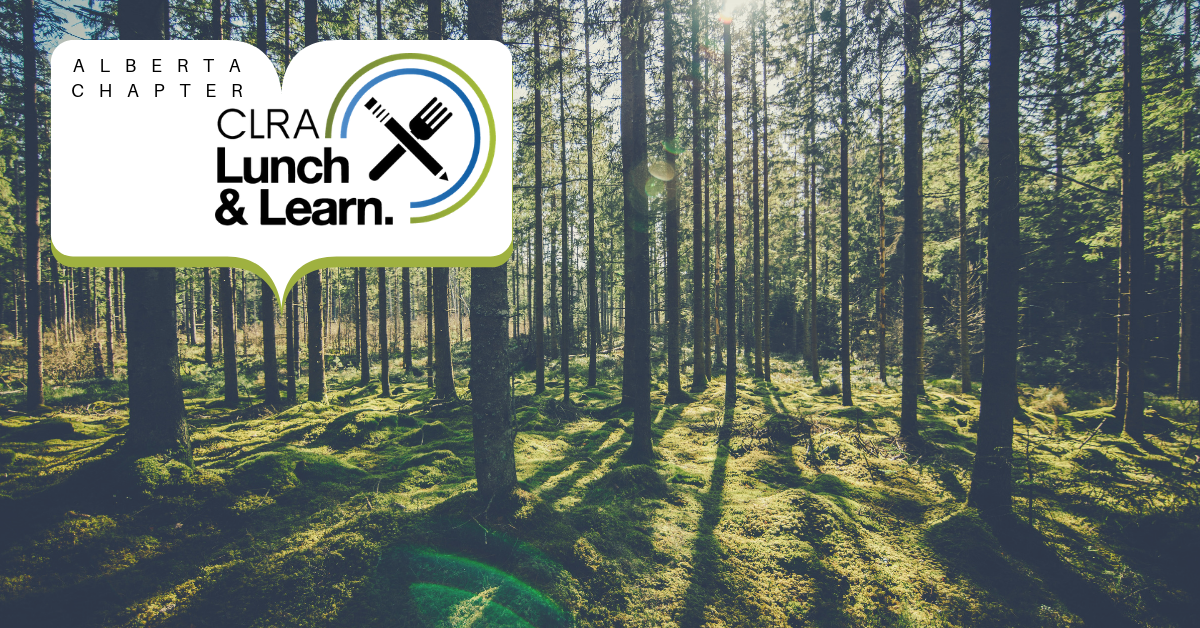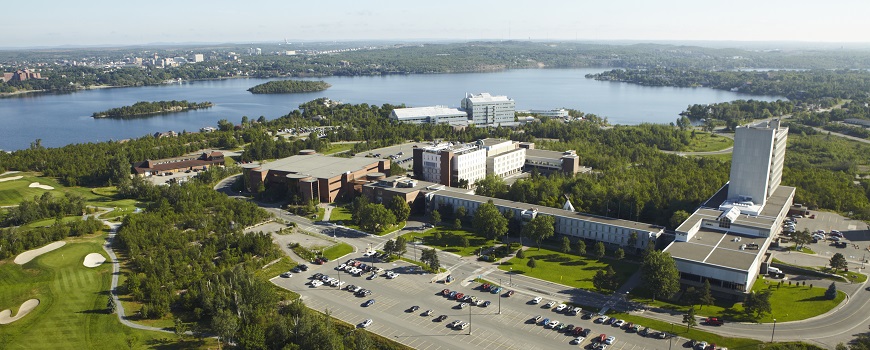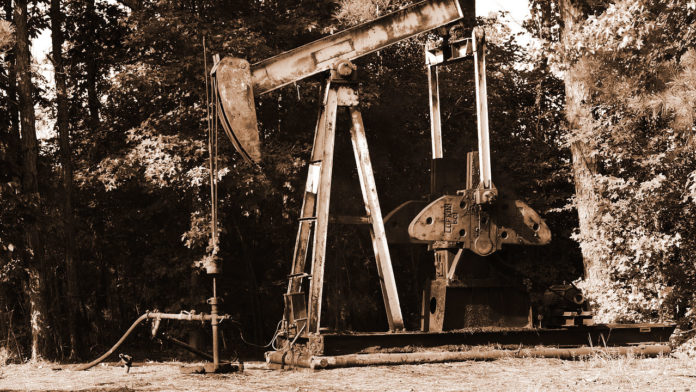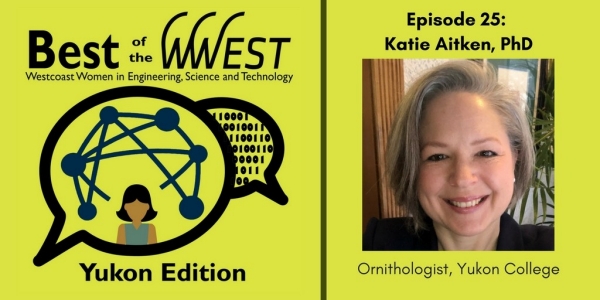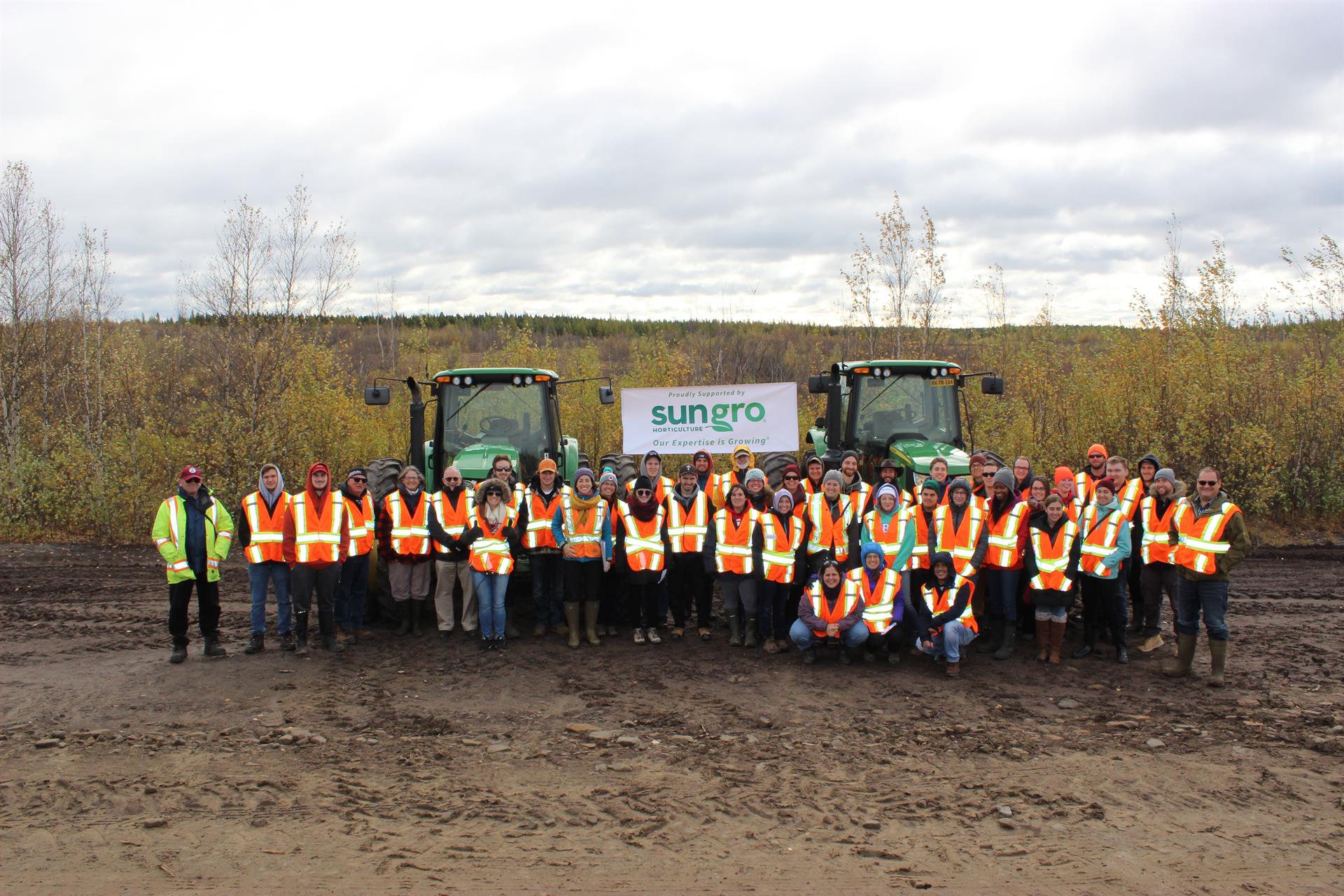CLRA National Newsletter - Winter 2019
|
PRESIDENT'S MESSAGE Happy New Year to all our CLRA members.
In 2018, we welcomed two new chapters to the Canadian Land Reclamation Association. A huge thank you to Ian Young, President of the Manitoba Chapter, and Eddy Spigott, President of the Saskatchewan Chapter, for stepping up to extend the CLRA into Manitoba and Saskatchewan.
Also, 2018 brought in CLRA’s social media – Twitter, Facebook & LinkedIn. A big thanks to Valerie Miller, from University of Alberta, for searching Canada and the globe for the great posts. We hope you will join in the dialogue and read her findings.
Watch for updates on the Quebec RE3 Conference in 2020 and the 2019 CLRA National AGM & Conference, of which plans are underway, and we are working on hosting it in beautiful British Columbia.
As always, a heartfelt thank you to our National Board of Directors and all our Chapter Board of Directors for their hard work and dedication across Canada. Wishing you all a safe, healthy, and happy 2019.
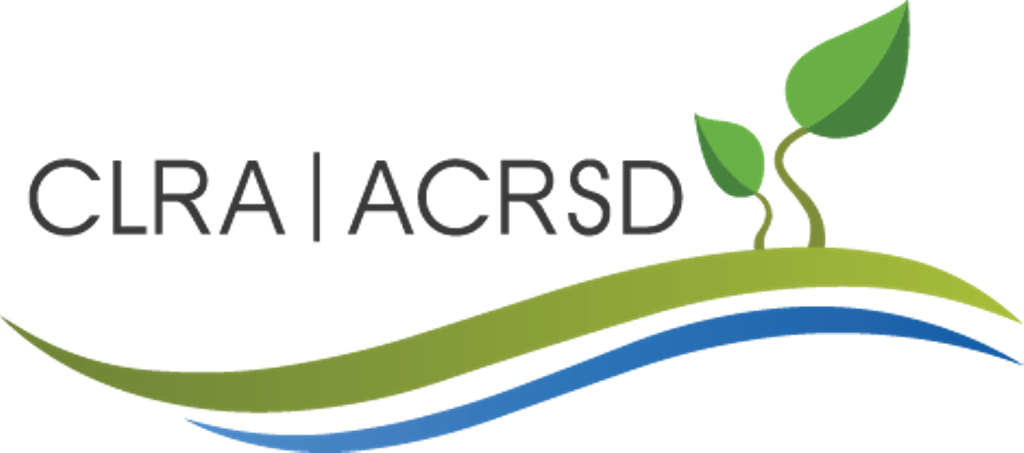

MEMBER MATTERS Have you renewed your CLRA Membership for 2019?
Thanks to your continued support we are able to keep growing. Show off your support with our new 2019 CLRA Member logo and membership certificate, now available for download in the Member Portal.
*NEW" E-Newsletter Sponsorship Opportunities Now Available
Become an e-newsletter sponsor and have you ad featured and distributed to over 400 industry members and over 2100 subscribers. UPCOMING EVENTS 2019 CLRA Alberta Chapter Conference & AGM: 'Fake News' Debunking Myths with Science & Innovation
It is our responsibility as reclamation and remediation professionals to set the record straight and spread the message of what is actually happening within our province and area of expertise.
The development of a functional forest plant community includes incorporation of vegetation diversity and structure and is accomplished by the inclusion of trees, shrubs and herbaceous species. There continues to be increasing public and regulatory pressure to restore industrially disturbed lands to a forested state; this is evident across Canada and more specifically within Alberta where industrial developments have created many disturbances (of varying size) across the boreal landscape. Save-the-Date
June 7 - 11, 2020
We are proud to announce a joint conference between the Canadian Land Reclamation Association (CLRA/ACRSD), the Society for Ecological Restoration (SER), and the Society of Wetlands Scientists (SWS). The proposed theme for 2020 is "From Reclaiming to Restoring and Rewilding". It aims to stimulate discussions about the evolution of management approaches carried out by the societies invited to join the conference. OTHER EVENTS OF INTEREST U of A Faculty of Extension: Applied Vegetative Reclamation
This course will cover methods for establishing native plant communities on disturbed lands to fulfill reclamation goals and address such concerns as erosion, wildlife habitat, first nations cultural values and recreational desires. Topics will include planning, site preparation, plant species selection, establishment methods, maintenance, monitoring and criteria for success. Plant identification of native plants and invasive species will be introduced. Plant material acquisition, seed and propagule harvest and storage, and propagation methods will be discussed in some detail.
Lakeland College presents Conference on Environmental Management
The first annual Conference on Environmental Management will be hosted by students in the bachelor of applied science: environmental management degree program. There will be guest speakers throughout the day as well as student presentations on their studies. AIA members earn CPP hours for this event.
Jointly hosted by High Altitude Revegetation Committee (HAR) and Society for Ecological Restoration-Rocky Mountains Chapter (SER-RM), the goal of the 2019 Conference is to enhance our understanding of ecological restoration and revegetation in diverse ecosystems using a variety of methods.
U of A Faculty of Extension: Remediation Technologies
This course will provide the key points associated with remediation of contaminated soil and groundwater utilizing different remediation technologies. The main processes within remediation (engineering, physical, chemical, biological, and thermal) will be covered. Decision-making factors for choosing the appropriate remediation technology for each site is a focal point in this course. Descriptions, applicability, advantages, limitations, time frames, potential health and safety issues, and the cost of various technologies will also be studied. Case studies of contaminated sites with special emphasis on remediation technologies currently available for handling such sites in Alberta will be explored.
U of A Faculty of Extension: Classification and Mapping of Soils
Introduction to classification and mapping of soils with emphasis on soil-forming processes; principles of the Canadian system of soil classification; soil profiles, diagnostic features, soil-forming factors and processes; kinds and distribution of soils in Canada; soil survey procedures, and utilization of existing spatial information to support soil mapping at a detailed scale. This course includes a mandatory field trip to collect data for mapping exercises. Prior knowledge of soil science is recommended.
Each year ESAC hosts its Annual Conference and Annual General Meeting in conjunction with the Congress of the Canadian Federation for the Humanities and Social Sciences. The Congress rotates to a different Canadian university host in a different part of the country each year. The Annual Conference is open to ESAC members and offers an opportunity for participants to share (both in a formal and informal setting) research, ideas and discussions in the field of environmental studies.
36th Annual Meeting of the American Society of Mining & Reclamation
The American Society of Mining and Reclamation (ASMR) announces their 36th Annual Meeting, June 3 to 7, 2019, at the Big Sky Resort in Montana. This conference will focus on the research, technical, and regulatory issues associated with the land and water implications of anthropogenic land disturbances.
U of A Faculty of Extension: Restoring and Creating Wetland
This course will cover the concepts, applications, planning procedures, and implementation strategies involved in the successful construction of wetlands that look and function like natural wetlands.
Students can expect to learn about site selection, testing soil texture, selecting construction techniques, establishing desired hydrology and vegetation aspects, and working with heavy equipment operators. Topics in peatland restoration will also be covered. The course will be offered as a combination of hands-on experience during 3 days in the field, in addition to 2 days of classroom lecture.
June 23-28, 2019 Laurentian University Sudbury, ON Technical Sessions and Symposia may include (but not limited to):
First call for titles and abstracts!
Please submit paper or poster titles and a 250-300 abstract by Jan 31st, 2019. Please indicate oral or poster preference.
Students Welcome - Student Paper and Poster Competition! NEWS
The first of a three-part series investigating the wonders of nature by New York Times bestselling author Peter Wohlleben.
Ambitious targets are being set to restore tropical forest because of their importance in storing carbon, regulating water cycles, conserving biodiversity, and supporting the wellbeing of people who live in tropical countries. For example, the 20 × 20 Initiative aims to restore 20 million hectares of tropical forest in Latin America by 2020. This represents an area slightly smaller than the country of Ecuador. One big question is: How are we going to restore forests at this scale with limited funds?
If not for the public’s generosity, the iconic Statue of Liberty might not have the solid and impressive footing she does today. In the late 1800s, government funds for the monument were exhausted. Yet through a fundraising campaign, the New York World newspaper garnered support from over 160,000 residents to cover the pedestal costs.
Abandoned oil wells are an environmental hazard, and the cost of cleanup and land restoration is so high that many companies shrug off the responsibility and pay a compensation fee to landowners instead of decommissioning them properly. There are over 75,000 inactive wells on record in Alberta alone.
Restorationists like to dream. We envision a future where natural systems can recover from the degradation and damage of past and current human activities. Thirty years ago, John Rieger, Bill Jordan, Anne Sands, and John Stanley got together to dream – not just about their work to restore degraded ecosystems, but also about the creation of an organization, the Society for Ecological Restoration, to enable restorationists to share, learn from, and explore the science and practice of restoration together. WATCH | LISTEN
Thick wood chips on a temporary access road through a peatland provided a unique operational opportunity to test an adaption of the peat inversion process. The thick layer of wood chips on top of original peat prevented natural revegetation, while the chemistry and hydrology of surrounding peat is minimally affected by their presence.
From TV and radio to bird biologist to a professor at Yukon College, listen to Dr. Kate Aitken share her journey, her research, her passion for bird protection and the importance of community involvement.
Parks Canada welcomed over 27 million visitors in 2017 as part of the national celebration of Canada's 150th birthday. Now let us take you behind the scenes to meet some of the dedicated people who help protect and restore the amazing places you've visited.
EMPLOYMENT OPPORTUNITIES Employment opportunities are subject to change, please visit the job board at www.clra.ca/careers for an updated listing and for more details.
CLRA/ACRSD | 202, 5405 - 99 Street NW | Edmonton, AB T6E 3N8 T 780 437 0044 | F 780 413 0076 | info@clra.ca | www.clra.ca
Copyright © 2017 All rights reserved. unsubscribe from this list |


